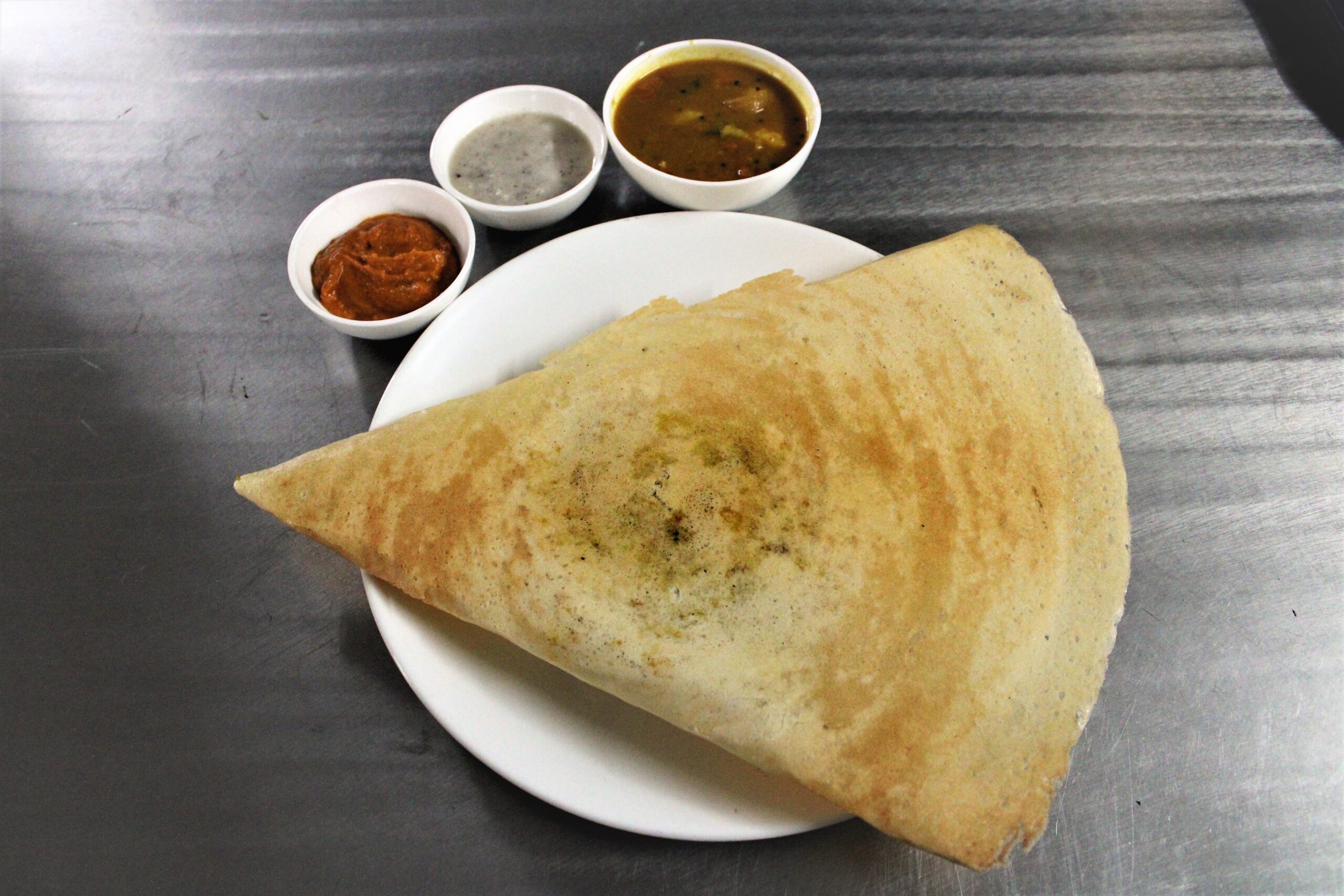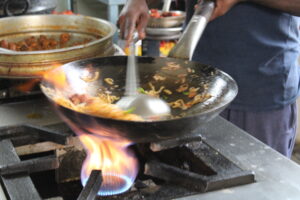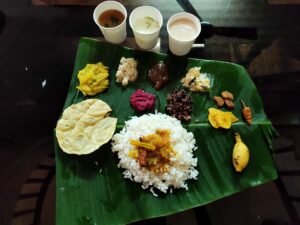Culinary tourism: Exploring India’s enormous treasure trove

The UK, the USA, Australia, Germany & Portugal are some of the biggest source markets for culinary tourism in India (MIG photos/Danish Mohamed)
The unmatched variety of traditional Indian cuisines with their flavours, spices and curries are becoming increasingly popular among international tourists giving the country a chance to capitalise on its ancient culinary traditions.
“Two-three pc of our international tourists choose it, we have even hosted foreign delegations in the past who are interested in tasting and learning to cook our traditional dishes,” Vijayendra Thapliyal, director of TourMyIndia, a tour operator, tells Media India Group.
This latest addition to the tourists’ itinerary involves a peep into what is being cooked in the Indian kitchens. The desire to enjoy a first-hand experience of cooking and relishing authentic Indian cuisine has begun attracting tourists from all over the world.
“The UK, the USA, Australia, Germany and Portugal are the biggest source markets for us from where we usually get most of our culinary tourism booking,” says Thapliyal.
From makki ki roti and sarson ka saag in Punjab to beef roast and parotta in Kerala, every state in India has its own distinct cuisine. Some of the cuisines are so localised that travellers must visit a particular destination to satiate their palate. The activities involved in this form of tourism range from simply visiting different destinations and tasting the local cuisine or learning to cook a new dish to wine tasting, farm trips and tea tastings.

Food tourism allows tourists & food connoisseurs to indulge in various unique regional delicacies (MIG photos/Danish Mohamed)
Government, in collaboration with many organisations and private entities, also hosts food festivals in different cities to allow tourists and food connoisseurs to indulge in some of the unique regional delicacies offered, like the National Street Food Festival organised in Delhi every year and the Mei Ram-ew annual ethnic food festival organised by North-East Slow Food and Agro-biodiversity Society (NESFAS) to preserve and promote the various forest-foraged and locally-grown foods that are cooked and served by indigenous communities of Northeast India in the Sacred Grove, Mawphlang, Meghalaya, are packed with cultural events and lip-smacking delicious food items belonging to different Indian states.
As Indian delights laden with ghee, or clarified butter, and flavours are not just rich in taste but also high on health with spices like black pepper, red chili, saffron, turmeric and cinnamon loaded with health benefits, this serves as an added attraction for international tourists.
While this form of tourism caters mainly to the international markets presently, various tour operators are hopeful that the domestic demand for such tours will increase in future and in anticipation many of them have already ventured into the niche as is case with, Rajeev Goyal, founder of India Food Tour, who emphasises the importance of awareness about this form of tourism.
“Very few Indians book these tours, but it has an increasing demand among international tourists, though due to the trend of food festivals and other ventures this situation might change in future,” says Thapliyal.
Globally, while the north Indian cuisine is already quiet popular, it has also emerged as the most favourable one for culinary tourism causing leading tour operators to centre their presence in northern India. However, places like Mumbai and Kerala in the south have also started to tantalise many international travellers.
“We mainly operate these tours in northern India like Delhi, Agra, Jaipur or in other important cities of Rajasthan,” says Thapliyal.
The tour operators say culinary tourism is not only important for preserving the culinary customs and traditions slowly being replaced by the glitz of modern life, but is also essential for local vendors, farmers and other sectors of the industry which have not been involved directly in the tourism sector until now.










